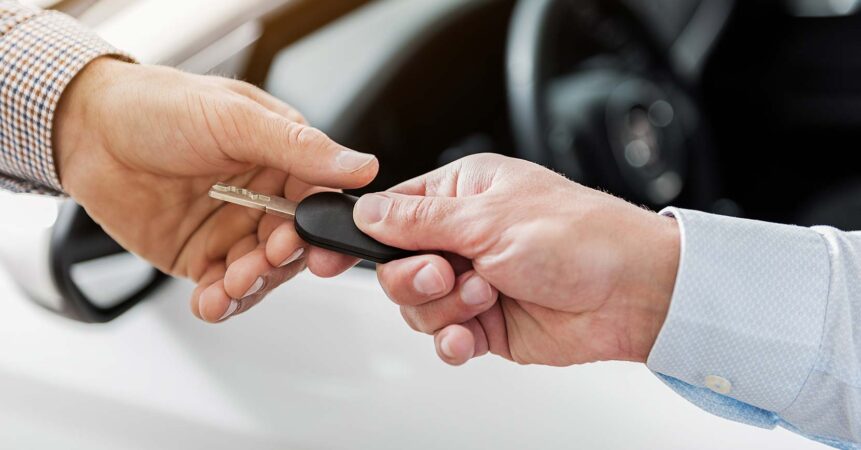The new version of the “Euro 7” standard pleased car manufacturers: the postponement until 2027 was necessary for brands to find the best formula to recover the particles released by the brakes while driving.
The approval of “Euro 7 Reduced” pleased manufacturers, who did not mind that the number of particles emitted also included PM10 instead of PM23 – a number indicating the size in microns. In other words, if the most dangerous to the respiratory system are the smallest – such as the PM2.5 produced in engines – then PM10 is the size of ambient dust. They tend to be produced by older diesel engines, but the focus is now on brakes and tires – both of which are now the biggest source of particulate emissions in high-end cars, rather than engines, something Euro 7 is trying to combat.
As the Spanish newspaper El Economista reported, according to the new standards, the result of brake and tire wear should not exceed 3 mg/km during the homogeneity test: the brake measurement protocol has been determined, while the issue of tires is still under discussion. It can be said that postponing Euro 7 to 2027 was a relief for European legislators themselves.
What solutions exist?
Brake dust storage
If the regulator knows how to measure brakes, it is not clear how manufacturers will solve it. There are solutions, because brands have developed “mini vacuum cleaners” next to the discs (or at a distance) to collect brake dust: however, this will make the cars more expensive, in addition to the fact that during vehicle maintenance operations, particulate deposits must be vacuumed, which will form An additional burden on the consumer.
The delay allowed two years without the additional cost being applied to vehicles and more time for additional studies and development of brake cleaning systems: new technologies may emerge.
At the University of California, Irvine, it has been shown that 80% of these particles are released electrified, opening the way for their easy recovery in an electrostatic precipitator, such as a magnet. However, studies have shown that its electrical charge depends on the materials used in the friction material, which requires further development before its implementation.
The brake drums are back
There are studies on electric cars that indicate that 90% of braking does not involve brake intervention: only in the last few metres, at very low speed, with little energy to dissipate and minimal wear. Hybrid cars significantly reduce wear, thanks to electrical regeneration, and there are drivers who have indicated a useful life of up to 200,000 km with the same pads.
In electric cars, you can always go back to the barrels, which leave the particles trapped until the tires are changed. This is the case for the Volkswagen ID.3 and its family, which uses drum brakes on the rear axle – they have a drawback, however, which is the possibility of overheating: but since most brakes are electric, the problem does not arise.
Avoid producing particles
Instead of collecting them, you can always try to avoid the production of brake dust: to reduce wear and particle generation, you can use expensive brakes, such as carbon or carbon-ceramic brakes. They are competition-bred and with them there is almost no wear, so there is almost no material spillage, even though their use is reserved for super sports vehicles.
Bosch/Buderus offers a slightly less expensive solution, covering the discs with a very fine surface hardening treatment (at the micron level), which has low pad wear and thus reduces the emission of solid particles.
Another possibility, considered more economical than treating the entire disc, is a caliper that allows the pad to be separated from the disc when not braking, preventing friction and residual wear.
But you can imagine: one way or another, brakes will be more expensive in the future – designing equipment with less friction and wear, but with worse braking characteristics, does not seem an option.
New materials
This is not the first time that dust resulting from discs has been examined. Although there is no law in Europe as there is in some American states, the presence of copper and other heavy metals, such as cadmium, or lead in the composition of the friction material, is gradually decreasing. These metals are part of the dust that contaminates tires, but they are also the air, and transported by rain, they pollute water and soil, which poses a threat to human health and the environment.
Copper is still used because it conducts heat very well and helps dissipate it, which is the brake. Copper replacement requires a mixture of 20 to 30 different replacement compounds, according to manufacturer Federal-Mogul, to achieve wear and friction similar to that provided by copper-containing pads.
Euro 7 standard: what it is, how it works and how it could affect your next car
The study shows that Euro 7 will lead to vehicle production costs rising to between 2 and 12 thousand euros
The EU Council goes ahead with the implementation of the Euro 7 standard: cars, light and heavy commercial vehicles enjoy new environmental rules

“Wannabe internet buff. Future teen idol. Hardcore zombie guru. Gamer. Avid creator. Entrepreneur. Bacon ninja.”

